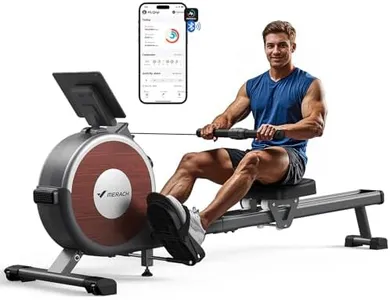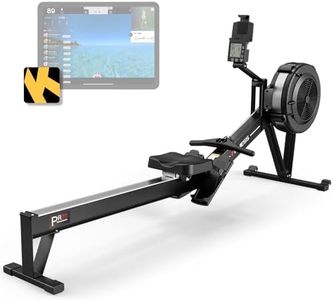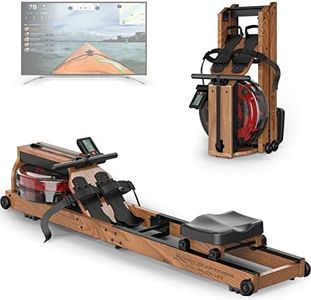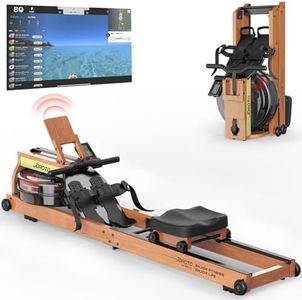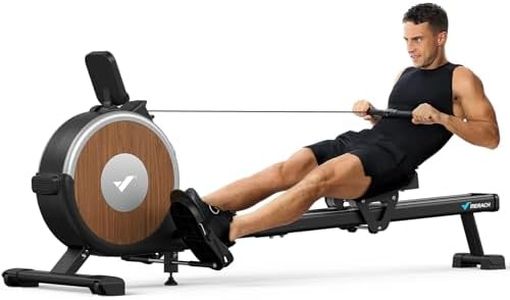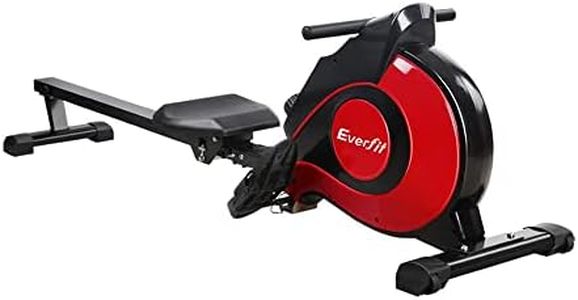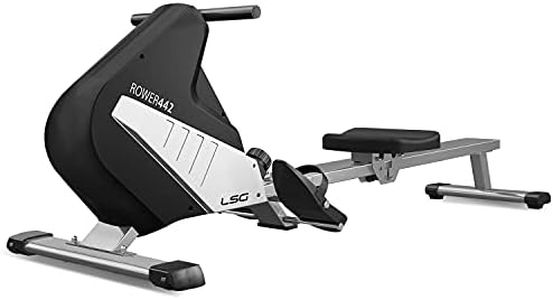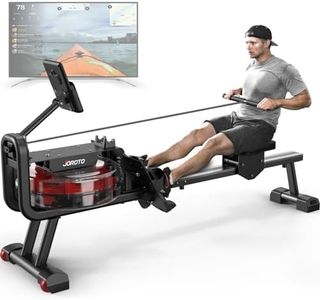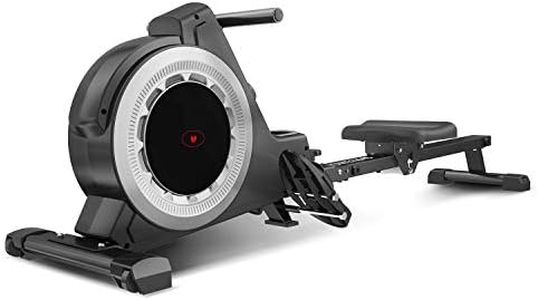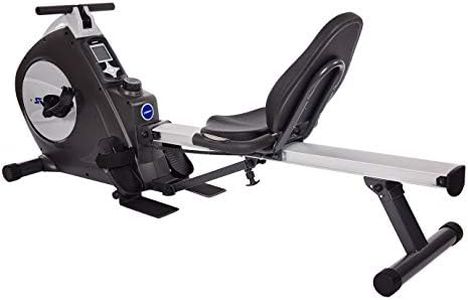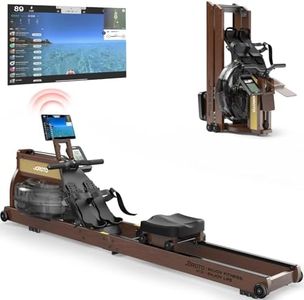We Use CookiesWe use cookies to enhance the security, performance,
functionality and for analytical and promotional activities. By continuing to browse this site you
are agreeing to our privacy policy
10 Best Row Machines
From leading brands and best sellers available on the web.By clicking on a link to a third party's website, log data is shared with that third party.
Buying Guide for the Best Row Machines
Choosing the right row machine (also known as a rowing machine or indoor rower) can help you achieve an effective full-body workout at home or the gym. To find the ideal one for your needs, you’ll want to consider several key features that affect comfort, usability, and workout effectiveness. Understanding these aspects will help you match the rowing machine to your fitness level, space, and workout priorities.Resistance TypeResistance type determines how the rower simulates pulling through water and dramatically affects the feel and sound of your workout. The main options are air, magnetic, hydraulic, and water resistance. Air and water rowers provide a more natural feel but are often louder, while magnetic and hydraulic machines are quieter and allow for more controlled resistance. If you want a realistic rowing feel, aim for air or water resistance. If you prefer quieter operation or need to change resistance easily, magnetic or hydraulic models might be best. Think about your environment (noise considerations), the workout experience you want, and how easily you want to adjust intensity.
Size and StorageRowing machines come in different sizes, and their ability to be stored away can be crucial if you have limited space. Some machines are foldable or have wheels for easy movement. Full-length rowers offer a more authentic experience and accommodate most users, but take up more space. Compact or foldable versions fit small rooms but may not support longer strokes. Before buying, measure your available space and consider whether you need to store the machine after each use. If you have a dedicated workout area, size is less of an issue, but if it doubles as a living room, look for easy storage options.
Weight Capacity and Build QualityMaximum user weight and frame durability are important for safety and longevity. Higher-capacity machines, typically built from steel or high-grade aluminum, will last longer and offer stability during intense workouts. Lighter or plastic-framed rowers are usually best for lighter or casual users. Consider your body weight and workout intensity—if you plan to row regularly or share the machine with others, you’ll want a robust, higher-capacity rower.
Monitor and Tracking FeaturesThe performance monitor allows you to keep track of stats like time, distance, calories burned, and stroke rate. Simple monitors show only the basics, while advanced ones offer in-depth data and sometimes connect to fitness apps or heart rate monitors. If you’re motivated by tracking progress or following structured programs, look for a rower with a detailed and easy-to-read display. If you’re new to rowing or only need the basics, a simple monitor may be enough.
Comfort and ErgonomicsComfort is key for longer workouts and reducing injury risk. This includes the seat padding, handle grip, foot straps, and rail smoothness. Higher-end rowers have seats that glide smoothly and ergonomically-shaped handles for less strain, while budget models may be less comfortable over time. Test how the machine feels, especially if you intend to use it frequently. If comfort matters a lot to you, prioritize machines with user reviews mentioning good ergonomics.
Noise LevelDifferent resistance types and build materials affect how much noise the rower produces. Air and water rowers tend to be louder, which could be an issue if you live with others or in an apartment. Magnetic and hydraulic rowers are much quieter. Consider when and where you plan to row—if you'll use it early in the morning or near others, quieter machines help keep the peace.


